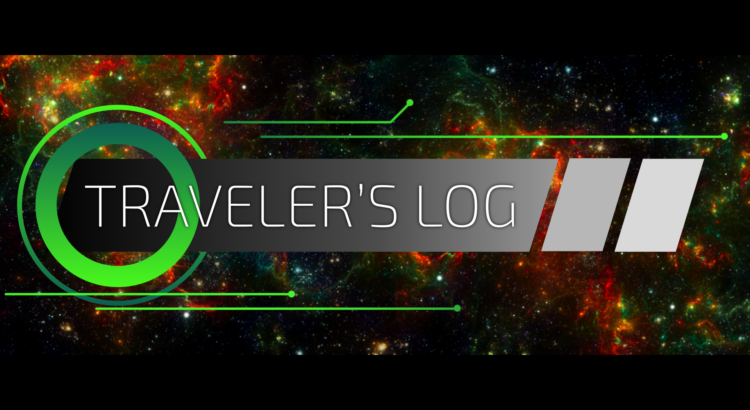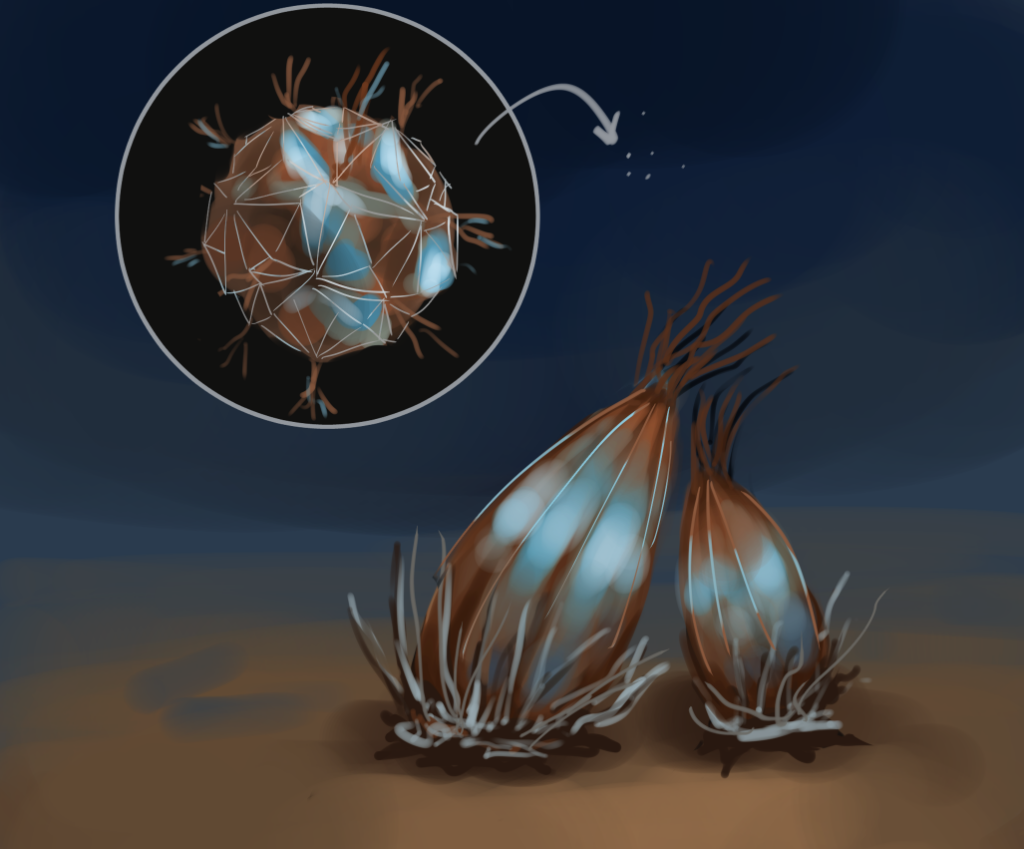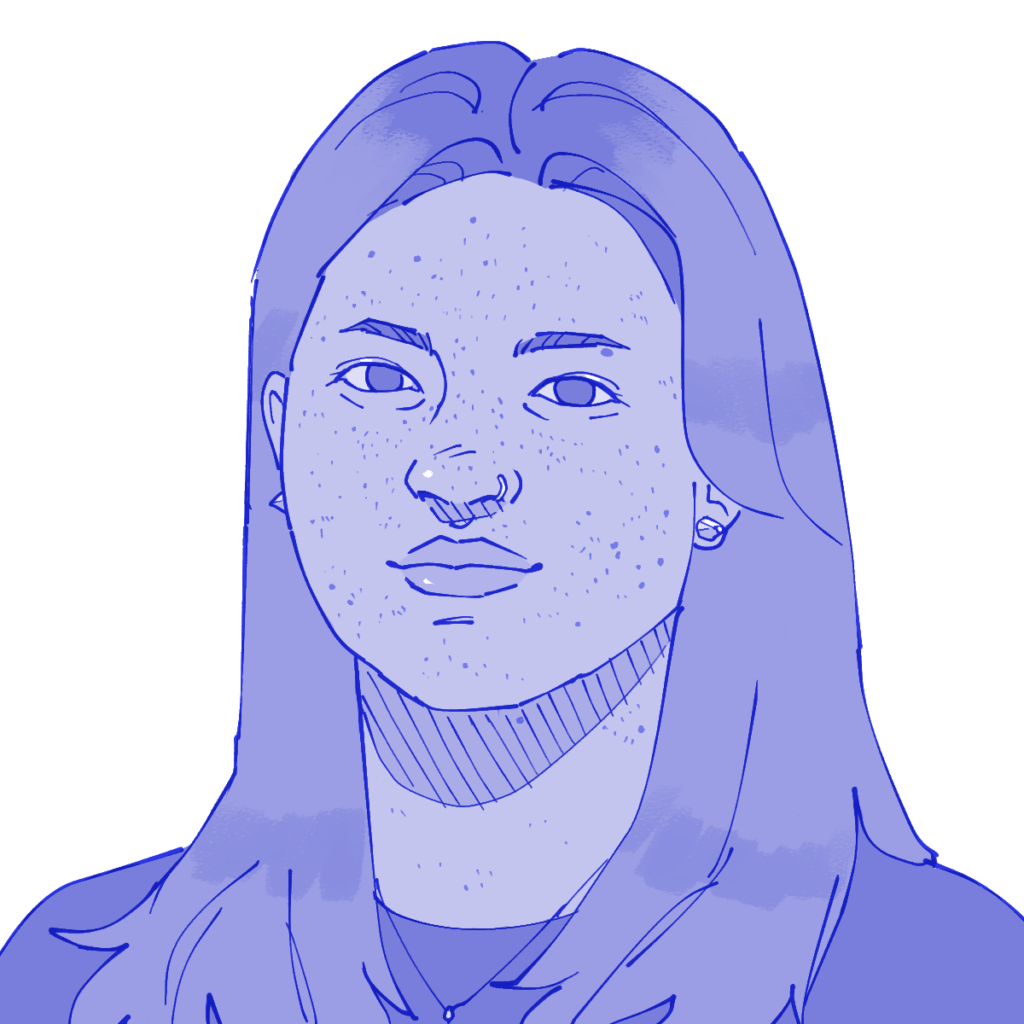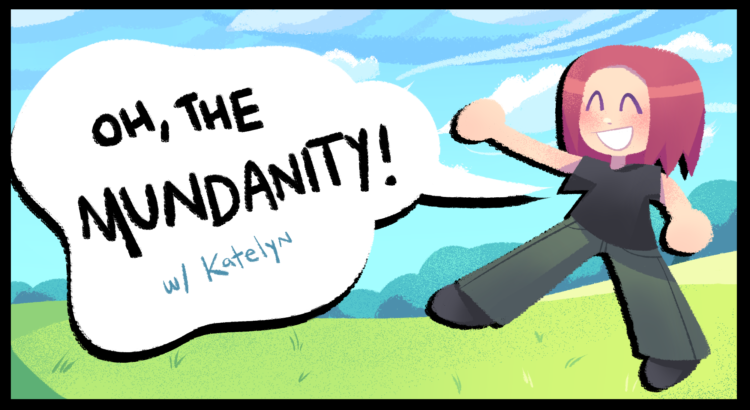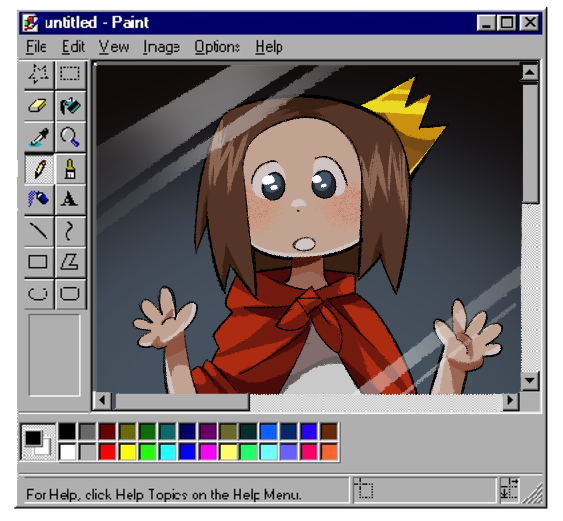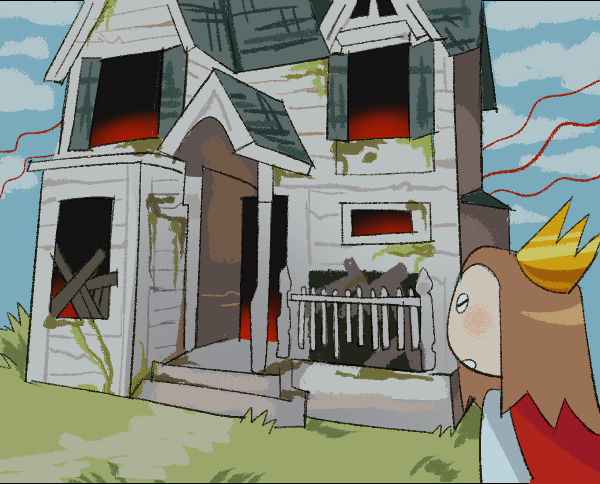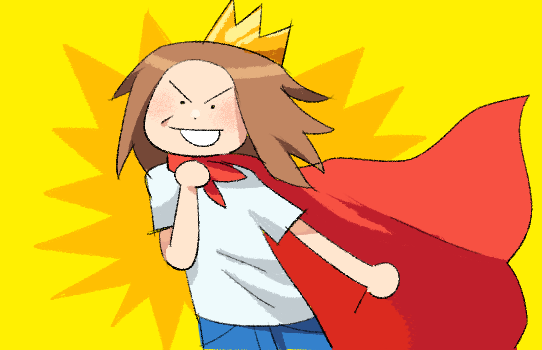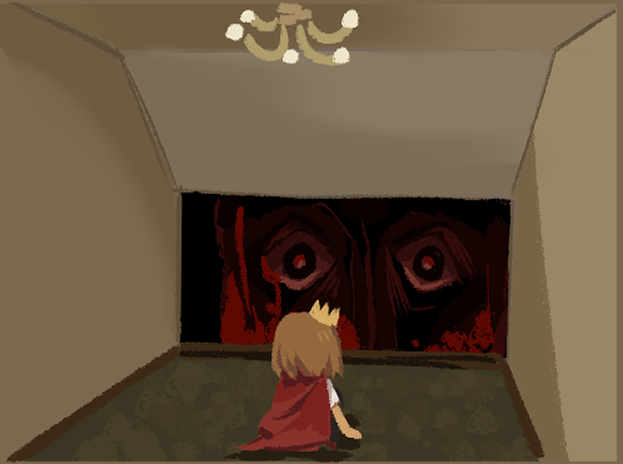Hello, and welcome back to another week of Industrious Illustrating! This week’s update is a little brief, since I’m just recapping the trip I took to the La Brea Tar Pits Museum in Los Angeles over winter break. When I was there I took the opportunity to draw some of the fossil skeletons on display to better understand the construction of animal bodies, as I hadn’t seen some of these skeletons in real life before and I want to make more creature/scientific illustrations in the future.
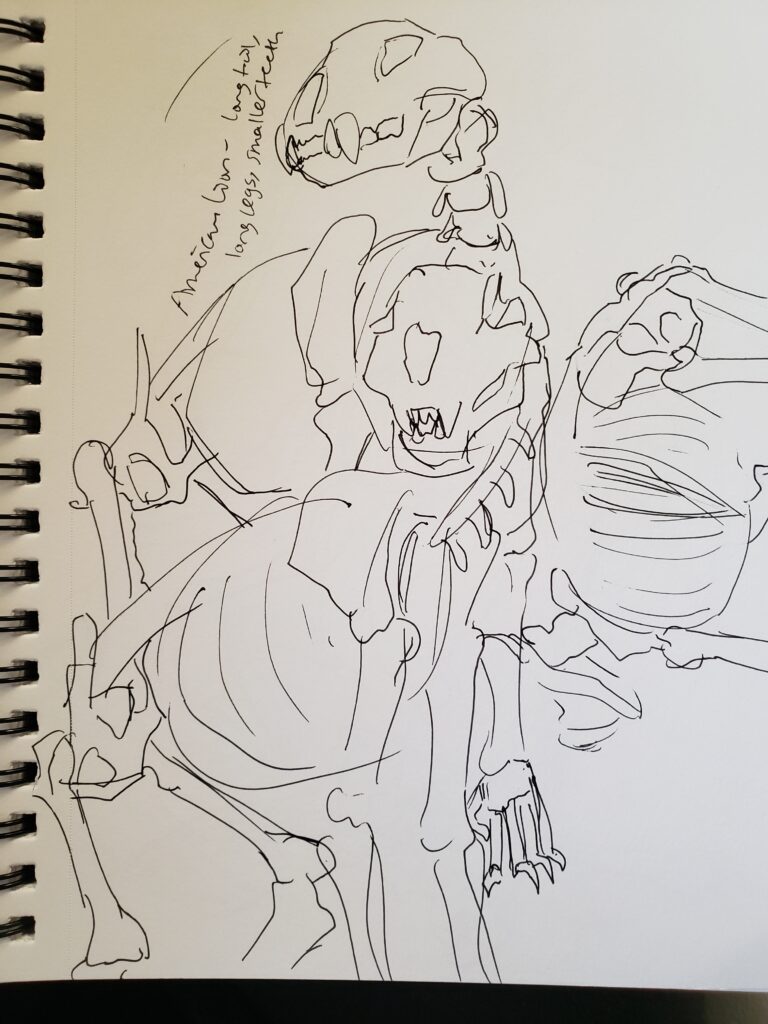
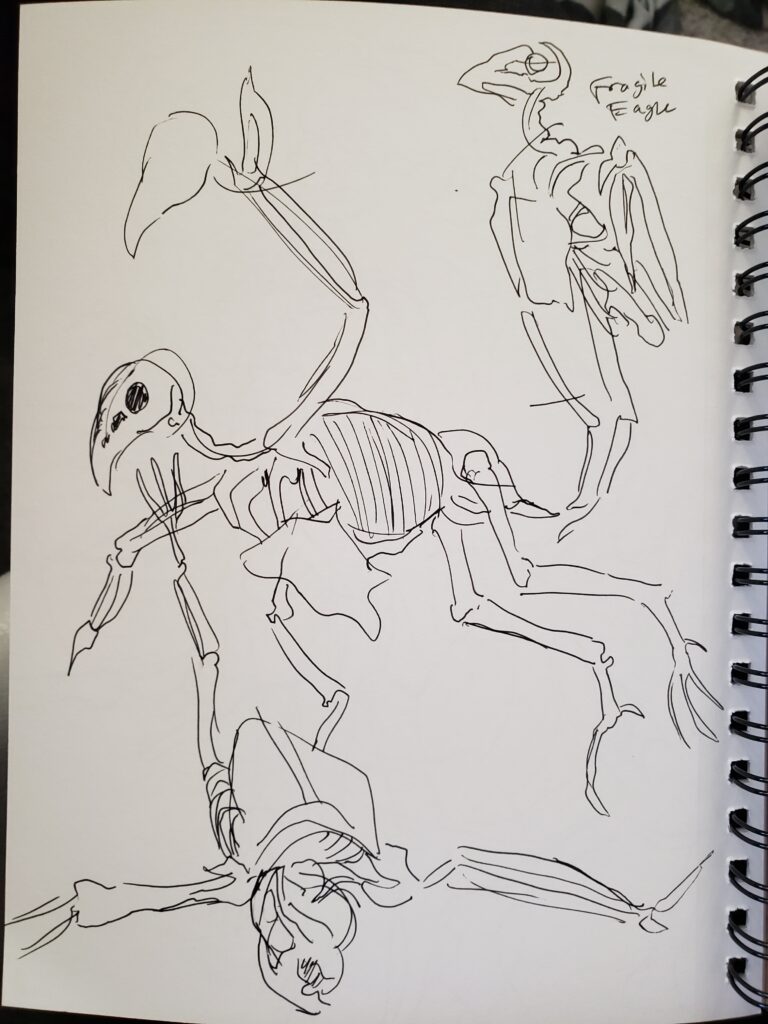
Something interesting about my trip there was that there was a glass windowed viewing area to look at scientists at work cleaning fossils recovered from the “tar” pits (which are actually filled with liquid asphalt!), and there were a few informational plaques and displays sitting on the windowsill ranging from excavated bugs and microshells to stuffed animals of the animals most commonly found in La Brea. There was also a scientific illustrator on staff (who I assume drew the lovely drawings on some of the plaques) who was actively working on a scientific illustration on their iPad when I was visiting. I especially enjoyed the puppet of the now-deceased mountain lion P-35, as I’d just read about his story in the excellent book “Crossings: How Road Ecology Is Shaping the Future of Our Planet”.
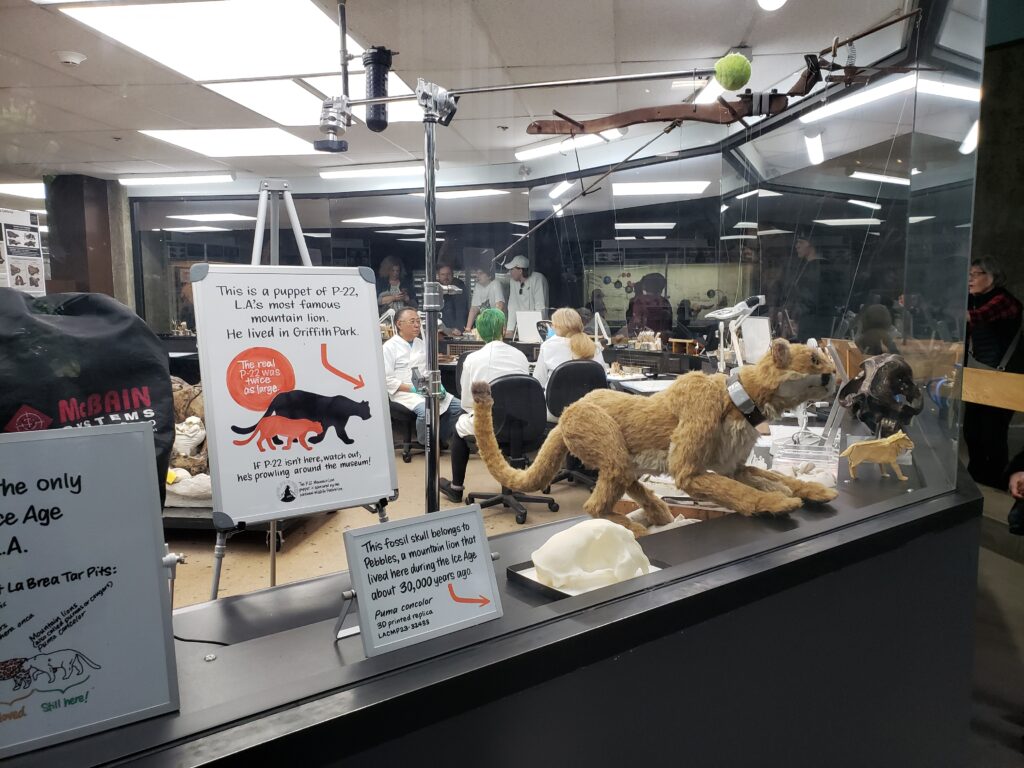
All in all, my visit to the La Brea Tar Pits left me feeling more inspired and motivated than before. While I doubt I’ll pursue scientific illustration as a full-time career, I still want to explore different subject matter I find interesting as much as I can so that my work will be versatile and never grow stale or predictable. And of course, there’s no need to travel far from home to do so — even back in Ann Arbor there’s several resources such as the Natural History Museum, the Leslie Science & Nature Center, and the Creature Conservancy that all have skeletons or live animals on display to see and understand in real life.
That’s all for this week! What would you guys like to see me discuss next week? Let me know!


